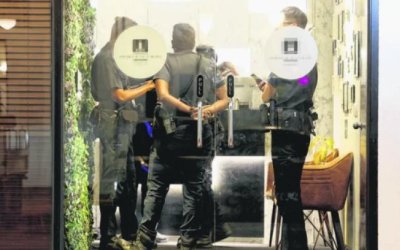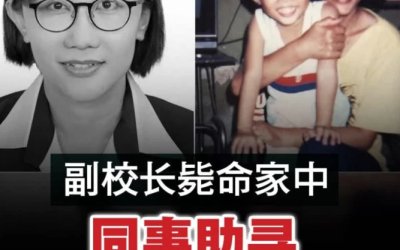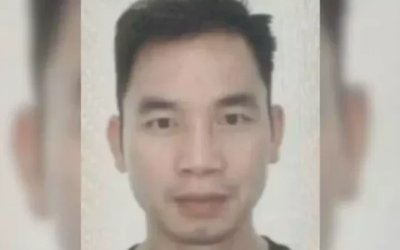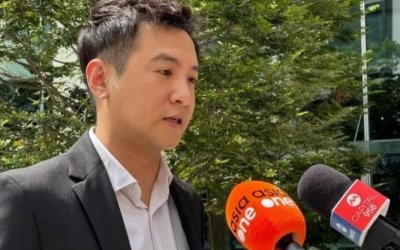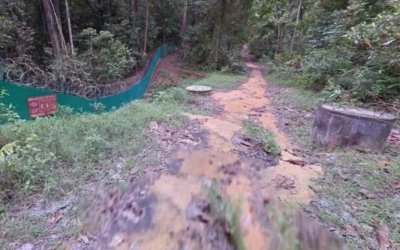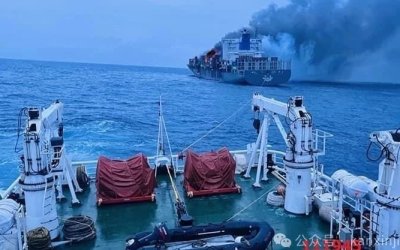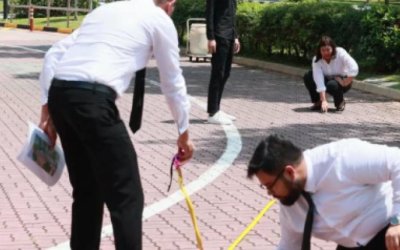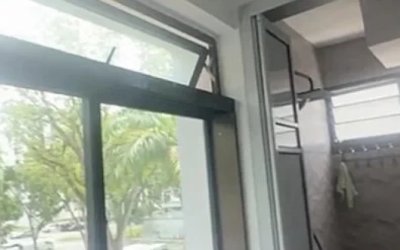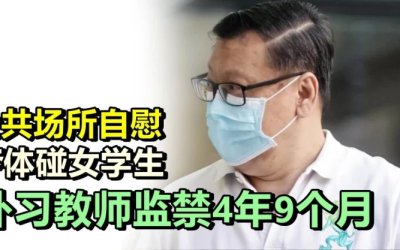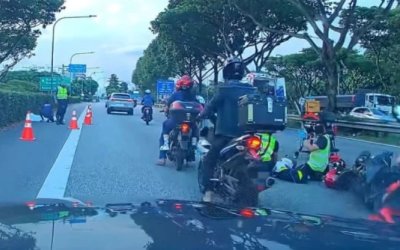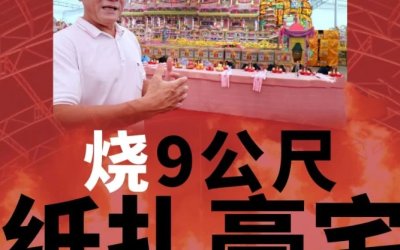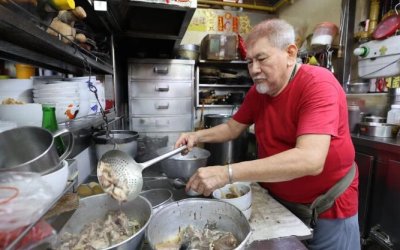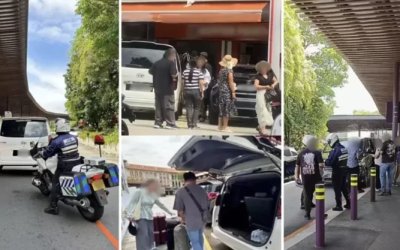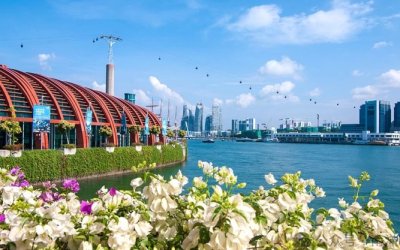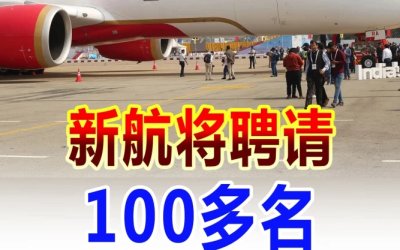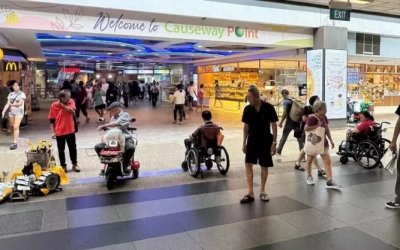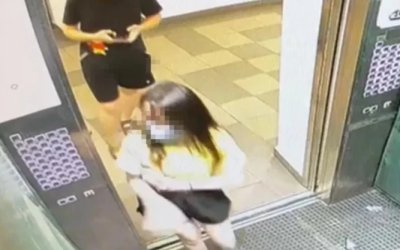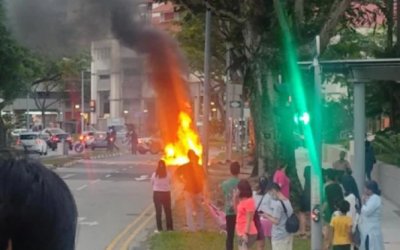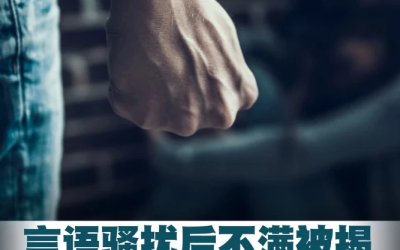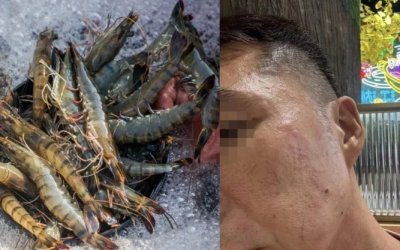2024年4月3日,新加坡人力部長兼貿工部第二部長陳詩龍醫生,答覆議員嚴燕松所有儲存鈾以確保向核能轉變的能源來源的議題。
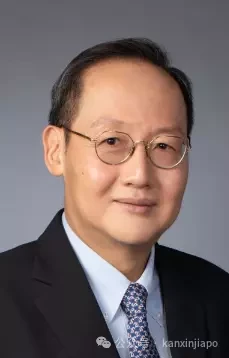
陳詩龍醫生
新加坡人力部長兼貿工部第二部長
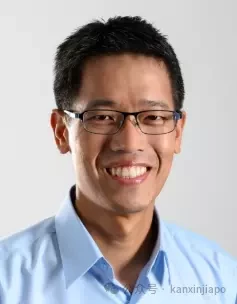
嚴燕松
阿裕尼集選區議員
以下內容為新加坡眼根據國會英文資料翻譯整理:
燕松議員問貿工部長,新加坡是否有計劃囤積鈾以在其他國家轉向核能之前確保能源來源,以及新加坡在培養本地人才以進入這個行業方面做了哪些準備。
貿工部第二部長 陳詩龍醫生(代表貿工部長)回答:議長先生,政府尚未決定是否在新加坡部署核能。因此,我們沒有囤積鈾的計劃。任何部署決定都需要對核能在本地環境下的安全性、可靠性、經濟性以及環境可持續性進行詳細研究。
所以,我們正在逐步建立能力,以更好地理解和評估全球先進核能技術的發展。
議長:嚴燕松議員。
嚴燕松議員(阿裕尼):謝謝部長的答覆。我想問一下目前新加坡核能研究與安全計劃(Singapore Nuclear Research and Safety Initiative, SNRSI)有多少科學家,以及每年有多少獎學金被授予以幫助建立核科學家和專業人才的隊伍?除了技術能力,政府是否在建立必要的監管政策框架,以監督未來可能的核能項目,包括核裂變和核聚變?最後,政府是否有任何時間表來決定這個問題?
陳詩龍醫生:謝謝議員的補充問題。我認為他問了三個問題。
我們在2012年進行了最後一次核能可行性研究。自那次研究以來,新加坡國立大學在2014年成立了新加坡核能研究與安全倡議組織(Singapore Nuclear Research and Safety Initiative,簡稱SNRSI ),該計劃專注於核安全、科學和工程方面的研究和能力發展。
政府還根據研究創新和企業2025計劃(Research Innovation and Enterprise 2025,簡稱RIE2025)設立了核安全研究和教育方案,使新加坡了解核能技術的發展及區域核能發展對新加坡的影響,並提高我們的操作準備能力。
關於第一個問題,政府支持在本地和海外大學培訓科學家和專家。在過去十年里,SNRSI已授予30個與核科學和工程相關領域的研究生獎學金。目前,SNRSI已培養了大約40名在放射生物學、放射化學和核安全方面的研究人員。我們目標是在中長期內建立一個大約100名專家的隊伍。
至於他最後一個問題關於核裂變和核聚變的研究,先說核聚變吧。核聚變領域現在非常令人興奮,但到目前為止,維持核聚變反應所需的凈能量輸入遠遠超過我們能夠利用的輸出能量。因此,許多國家仍然依賴托卡馬克(Tokamak)技術。
在美國麻薩諸塞州德文有一個很有前景的新領域,由美國核能集團聯邦聚變系統公司(Commonwealth Fusion Systems,簡稱CFS)與麻省理工學院(MIT)等離子體科學與聚變中心(Plasma Science and Fusion Center, PSFC)共同開發,叫做SPARC。它是一個小型托卡馬克反應堆,使用高溫超導磁體來產生所需的高溫。
到目前為止,它仍然是一個開發項目,實際項目尚未實現。所以我們密切關注這個領域的進展,同時也派遣新加坡團隊成員前往學習該技術的發展情況。因此,關於核聚變,回答問題,目前還處於非常早期階段,可能至少需要十年的時間。
對於核裂變,有小型模塊化反應堆(Small Modular Reactors,簡稱SMRs)和第四代反應堆(Generation 4 thermal reactors),它們可能符合我們的需求。因此,我們的團隊也在非常認真地研究這些技術。但到今天,還沒有一個商業化的小型模塊化核反應堆或第四代熱反應堆供我們學習。
所以我們密切關注這個領域的進展。總體而言,正如我之前所說的,沒有任何選項被排除在外。我們繼續保持對所有類型的低碳能源的開放態度,包括核能,無論是核裂變還是核聚變。我希望這回答了議員的問題。

以下是英文質詢內容:
Mr Gerald Giam Yean Song asked the Minister for Trade and Industry (a) whether Singapore has plans to stockpile uranium to secure energy sources ahead of other countries shifting towards nuclear energy; and (b) what preparations are being made to prepare a core of local talent to enter this industry.
The Second Minister for Trade and Industry (Dr Tan See Leng) (for the Minister for Trade and Industry): Mr Speaker, the Government has not made any decisions regarding the deployment of nuclear energy in Singapore. As such, we have no plans for uranium stockpiling. Any deployment decision will require detailed studies of the safety, the reliability, the affordability and also the environmental sustainability of nuclear energy in our local context.
So, what we are doing is steadily building capabilities to better understand and assess global developments on advanced nuclear energy technologies.
Mr Speaker: Mr Gerald Giam.
Mr Gerald Giam Yean Song (Aljunied): I thank the Minister for his reply. Can I ask how many scientists are currently at the Singapore Nuclear Research and Safety Initiative and how many scholarships are awarded each year to help build the pipeline of nuclear scientists and expertise? Beyond technical capabilities, is the Government building up the necessary regulatory policy frameworks that will be needed to oversee potential nuclear energy programmes for both nuclear fission and nuclear fusion? And lastly, is there any timeline in which the Government is going to take a position on this?
Dr Tan See Leng: I thank the Member for the supplementary questions. I think he has asked about three of them.
We did our last nuclear energy pre-feasibility study in 2012. And since that pre-feasibility study, the National University of Singapore has set up the Singapore Nuclear Research and Safety Initiative (SNRSI) in 2014, and SNRSI focuses on research and capability development in nuclear safety, science and engineering.
The Government has also set up the Nuclear Safety Research and Education Programme under the Research Innovation and Enterprise 2025 plan to prepare Singapore to understand the implications of the evolution of nuclear energy technologies and regional nuclear energy developments for Singapore, and also to enhance our operational preparedness.
To his first point in terms of the numbers, Sir, the Government supports efforts to train scientists and experts in local and overseas universities. Over the last decade, SNRSI has awarded 30 scholarships for postgraduate studies in areas related to nuclear science and engineering. Thus far, SNRSI has also developed a pipeline of around 40 researchers specialising in radiobiology, radiochemistry and nuclear safety. We aim to build a pool of about 100 experts in the medium to long run.
As for his last point on looking at nuclear fission and nuclear fusion, maybe I can address nuclear fusion first. There is a lot of excitement in the fusion space but to date, on the sustainable basis, the net energy input needed to create that nuclear fusion reaction far exceeds the output of the energy that we can harness. So, the closest system that many of the countries all over the world have developed still is premised on the tokamak technology.
There is a promising new area, which is done in Devon, Massachusetts in the United States by Commonwealth Fusion Systems. They are developing this as a sort of a co-development with the Massachusetts Institute of Technology Plasma Science and Fusion Center, and it is called SPARC. It is a smaller-scale tokamak reactor, uses high temperatures super magnets to create the high temperature that is needed.
To date, it is still a developmental project. The actual project has not come to fruition yet. So, we are watching that space very closely and in the process, we have also sent members of the local Singapore team to go there and study how that technology is going to evolve. So, for nuclear fusion, to answer the question, I think it is still quite nascent and we are probably at least a decade away.
